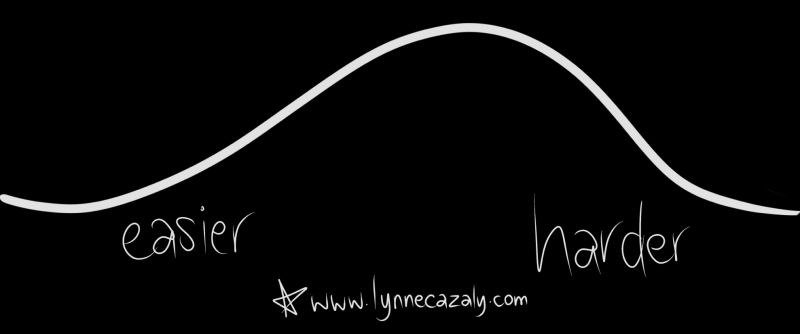Resisting the flexible future
 Wednesday, October 20, 2021 at 2:42PM
Wednesday, October 20, 2021 at 2:42PM It’s not that we have to work remotely, it’s that we are ‘clinging’ to office based practices.
At least someone or some people are clinging. It may not be you. You might be good to go with a more flexible working arrangement.
But clinging to old practices has happened for centuries. The new is uncertain.
‘We’re not adopting new ways until we have proof that they work’, said a leader recently. ‘I’ll wait to see what the results are for others first, then I’ll consider whether I will adopt the new way,’ said another.
These are examples of clinging.
Waiting.
Waiting to see. Watching others. Potentially you watch competitors moving first. And because there is greater flexibility on offer, many many more companies become your competitors …in the war for talent.
The when, where and how we work are still clinging to location.
And the meetings drain persists.
There are absolutely better ways. I work with teams and leaders every day, helping them learn and experience new and better ways of working. We try things out, learn, experiment, get comfortable and do some new things. We do less clinging.
This article in The Guardian by Alexia Cambon, Research Director at Gartner shares more. I’m keen to read her research, ‘Redesigning work for the hybrid world’. 👏🏽
Let go some more. Experiment, learn and adapt with this change we are in. Less clinging.




















